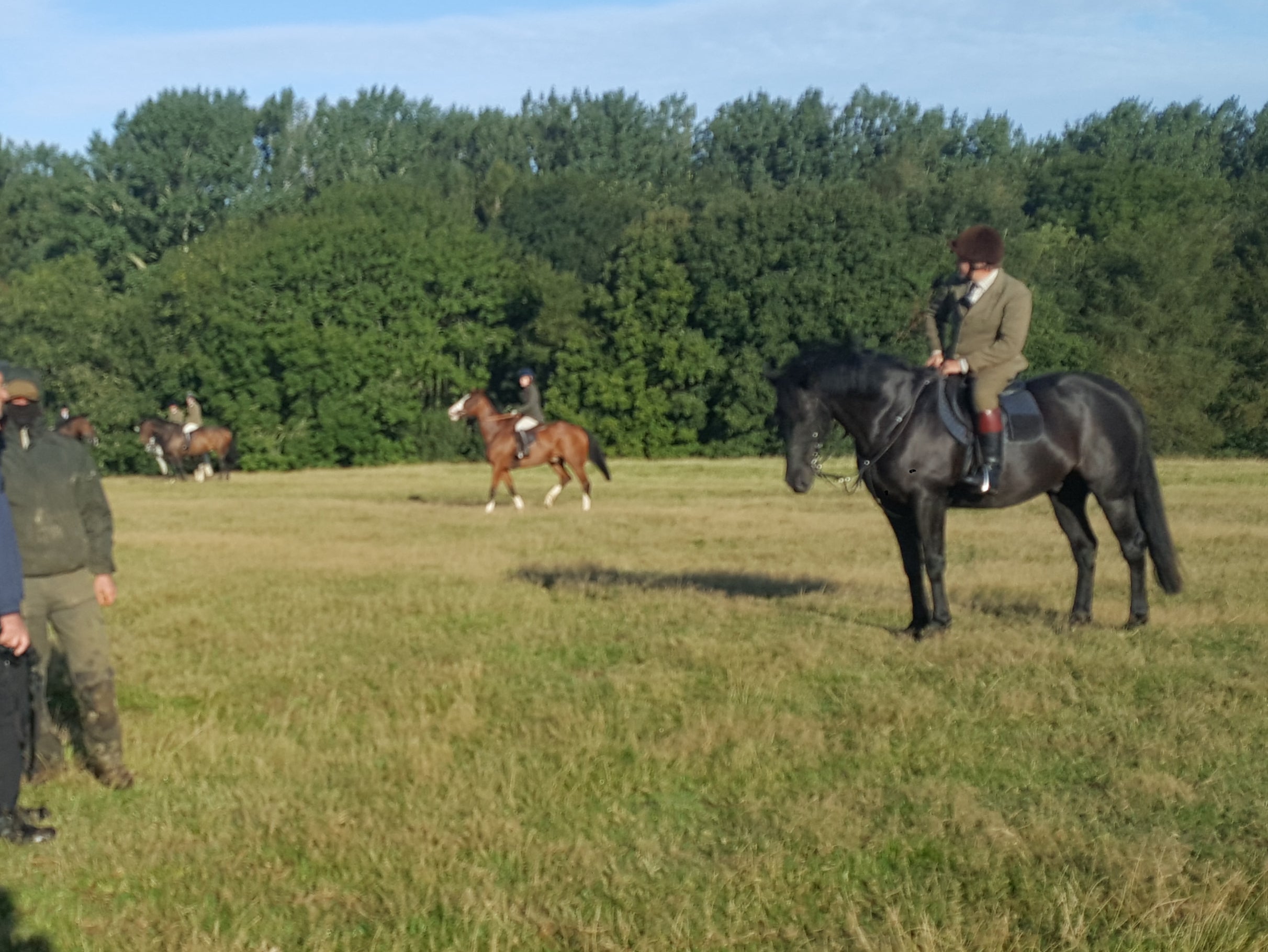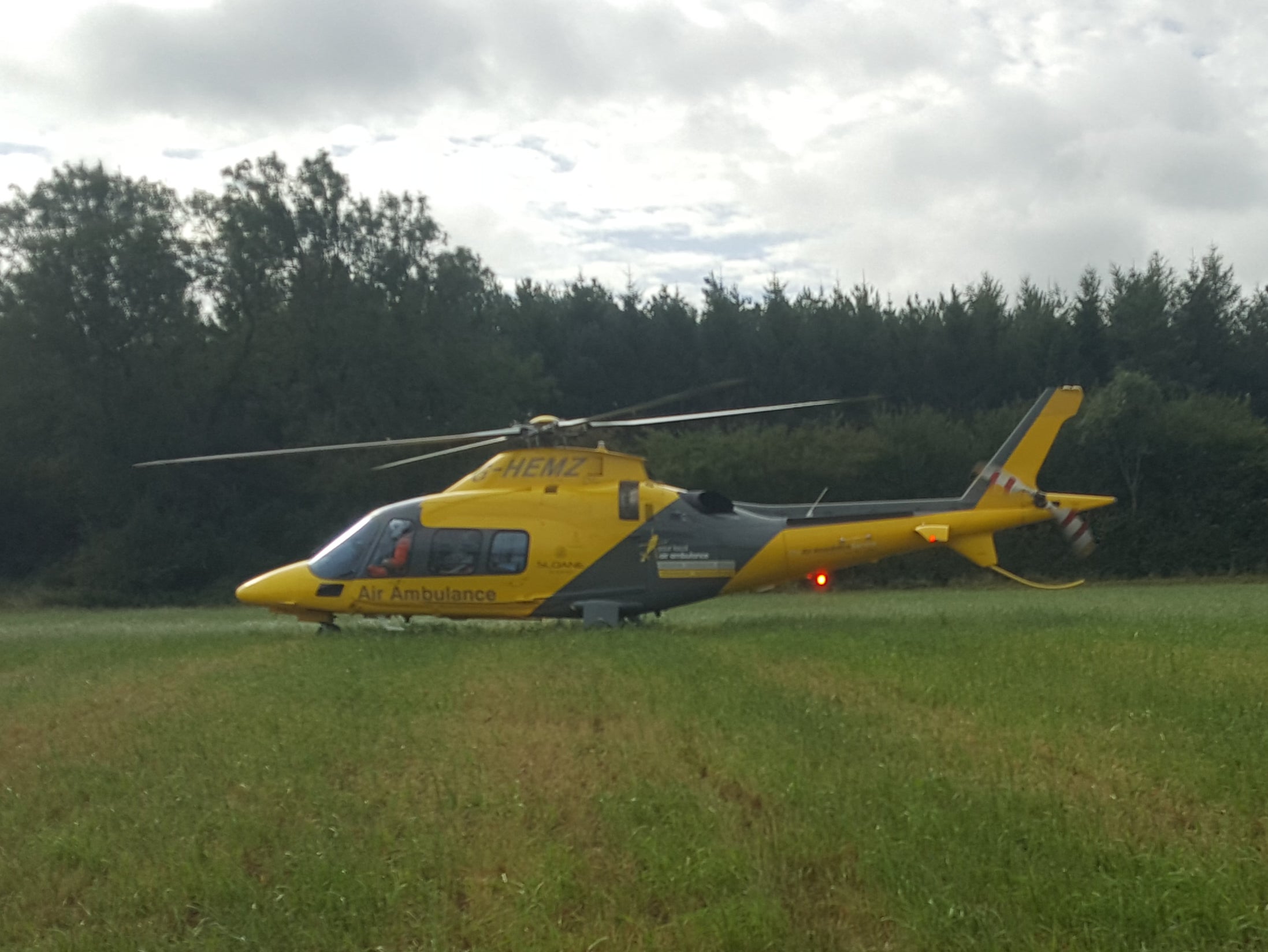Am I a complete fruit-loop making wild claims that are unfounded about Old Foxes, wild cats and even what I term new introduced large cat species?
Well, if you are a zoologist, publisher or institution who have invested a lot of time and energy into promoting dogma then, yes, I am.
Up until the early 1900s there was no internet (take a deep breath, you will be okay) so if you were a naturalist or zoologist you learnt the old way. You read journals, books and even corresponded with experts in the field you were interested in. You accumulated knowledge that you then added to by field work -you know, going out in all types of weather and getting mud splattered but observing and studying.
Now, here is where the problems start. You see, by the early 1900s all people saw were the red fox (Vulpes vulpes) and the "wild tabby" -the New Fox and the New wild cat. In the 1920s and 1930s when cameras and rather awkward auto-photo systems began to be used people such as H. Mortimer Batten and Richard Clapham presented us with photographs of the wild cats and foxes as they existed in that period.
H. Mortimer Batten's photo of a "typical wild cat" -note it is not of the "wild tabby" variety
Above Richard Clapham's photos of foxes from the 1920s -New foxes that had been imported by the thousands every year over two or more centuries.These were the types of cats and foxes people were seeing but even the type of cat Batten photographed and even trapped and sent to zoos were soon forgotten. Budding zoologists and naturalists did what all such people do; they visited their local museums and here is where the dogma truly set in. For my research I contact5ed every museum with a natural history section and this includes the Royal Museum of Scotland and Natural History Museum (London). These are the two simple questions I asked:
Q 1: "Do you have on display or in storage any pre-1900 fox taxidermies?"
Answer from each and every one (all on file): "No. All of ours are post 1900"
Q2: "Do you have on display or in storage any pre-1900 wild cat taxidermies?"
Answer (again) from all of those contacted: "No. All of our specimens are from 1900 or after that period"
And when those budding naturalists and zoologists saw these specimens and in museums to boot then those were the foxes and wild cats that had always existed. They wrote about these foxes and wild cats and more than likely joined in their ancestor zoologist/naturalist and shot a good few -in fact we know wild cats were released into shooting territories for the 'sportsman'.
From that point on everything from Bewick's Quadrupeds, Colquhoun's The Moor and the Loch and every other pre 1900 book and journal 'never existed'. You find that by the 1960s some writers will refer to the 'tall tales' of exceptionally large foxes in the same way that people joke about anglers and "the one that got away".
By the 1970s we can read that an author has heard of "large hill foxes" but doubts they existed "because I have never seen one" and the same line is repeated in the 1980s and even 1990s. This just shows the lack of knowledge and the "I learnt everything I need to know in the field" excuse is common. Of course these people in the 1970s-1990s have never seen a "Hill fox" -this is incorrect for a start as although Hill foxes were larger than the common or cur fox the really big foxes were known as the Greyhound/Mountain fox. Also, they were very likely wiped out by the 1860s -a period of a number of extinctions thanks to hunting.
"I have never seen a Dodo therefore it was probably just a story made up" -far more is in writing about the Mountain, Hill and Cur foxes than on the Dodo. "Yes, well we have a stuffed and mounted Dodo bird!" Well, yes. And guess what? We have Old fox taxidermies and much more.
Everything I write is based on 47 years of ongoing, daily research. Constant communication with museums and canid experts not just in the UK but Europe and the United States as well as Australia, China and so on. It took over five years to identify the type of fox that colonialist hunters wiped out in Hong Kong -no one there or in mainland China had any records or idea. Every item/paper/book referred to has been fully referenced and is open to peer review if necessary and in fact I strongly urge peer review rather than just accepting in blind faith.
The wild cat. Firstly, it did not become extinct in England or Wales as far back as is claimed. There are taxidermy specimens. There are news and hunt accounts and we have specimens of what would have been the final generation of the Scottish wild cat. We even know that the European wild cat was released into English hunting territories for shooting purposes and we have photographs of taxidermy examples of hybrids from the 1920s and 1930s as well as accounts of "the last wild cat" accounts from England. You cannot get a hybrid unless mating takes place and this going back over 100 years and not just 50-60 years ago.
Again, everything is fully referenced and all the photographic evidence to hand at the time the book went to print is included. As with Old foxes we are finding more about wild cats.
When it comes to the more exotic wildlife then that, too, is fully referenced and the evidence presented. For, say, large cats such as puma and leopard we have a great deal of evidence -DNA and otherwise. We can push the history of leopards (feral) in the UK back to at least the 10th century now not all would have bred but in later centuries pairs were common and bred and in some of the most insecure places possible -the famous anatomist John Hunter even had to run after and catch his two leopards after they escaped and ran after a dog.
There are areas where there has been a history of these cats and we can trace these territories going back to at least the 1920s. That some people living in cottages kept puma as pets is beyond doubt -I even discovered an account concerning the escape of a pet (but quite wild) puma in Surrey that eventually ended up in a zoo. Yes, and the account was even titled "A Surrey Puma Hunt".
Large cats such as leopards, pumas, lynx and the ubiquitous European wild cat were all in travelling shows as well as private menageries going back to (let's say to keep it simple) 1700 and escapes even at established animal dealers were not rare. One case I recall from Wales in the 1970s involved the sighting of a puma, a cat type that was her favourite to go and see at a zoo, and what she could only call a "sphynx type cat". The lady had never seen a puma cub but on being shown a photo of one exclaimed "That's the cat -what is it?" To have a female with a cub requires a mating to have taken place. At one point we had not only been able to ide4ntify the territory of a male puma in Wales but also that of his mate -and later of their three offspring. The plan was to trap one, have a zoo vet (who was on hand) take the necessary samples ands then radio collar the cat so it could be studied. Unfortunately someone (and we know who) informed the then Ministry of Agriculture Fisheries and Food of the plan and everyone involved received official threats so the plan was dropped.
There is enough anecdotal and observational evidence of these cat types breeding in the wild from naturalists, members of badger watch groups, ornithologists, zoologists and police officers and university professors going back to the 1970s. We know they are here and that they have filled a niche in the environment left by all other apex predators having been wiped out. And, to counter the sensationalist and false so popular with the 'big cat' fans; there has never been a proven and recorded account of anyone having been attacked or killed by any such cat living feral in the UK going back to the early 19th century. There are millions of deer, millions of wild rabbits as well as wild birds that would keep any large cat happy -a sheep occasionally is an opportunistic kill as are dogs (for which there is evidence).
As far as I am aware no one has been involved in long term research on British foxes or wild cats than myself. That is not a boast but a fact. The same applies to "exotics" which as a person involved in the environmental issues and impact on other species I have studied since 1976 and from 1977 on as an "exotic wildlife consultant" to UK police forces and many of my peers such as Arthur Cadman, Lawton Watts, Gwillam Thomas and others have passed on so I am the last of "the old guard" as one person put it (newspapers and radio/TV preferred calling me "Britain's Big Cat Detective" which I had to accept or else it was back to "big cat hunter").
The fact that all of the evidence is presented for peer review or simply to read and get a real idea of the actual history of foxes, wild cats and "new fauna" is a problem for many. They do not want to read to either maintain the dogma or because of other implications.
"So why has no big publisher taken on these books?"
The 2010 edition of The Red Paper: Canids was called by David Bellamy "explosive" but even that could not find a publisher for it so it was self published.
Even the 2022 books were stated to be "highly researched" and "well written" by various editors at UK publishing houses but "doesn't fit in with our publishing direction at the moment".
What I had not considered was that, rather like establishments pushing dogma, publishers were doing similar in books for decades and the two Red Papers would overturn all of that -so it would take a brave publisher. Also, I had not realised how many running publishing companies were involved in the "horse and hound" set so my work would definitely not be looked at with any openness.
An American or European publisher would be ideal but those seem to be few and far between and my mind is set on the work rather than publisher trawling.
Oh, also almost 50 years of filed work and research are not considered of any value because I am not associated with a university. Not bitterness just fact. There are some naturalists out there who have written excellent books and papers on wildlife but they, likewise, do not have a chance due to lack of any university connection and universities are not that interested in wildlife in the UK unless it is based on something currently trendy such as the impact of environmental changes.
So, before consigning me to "The Nut Drawer" at least study the research.


.jpg)





















